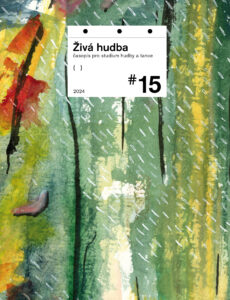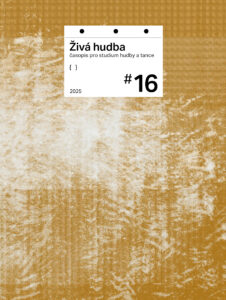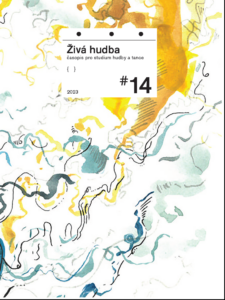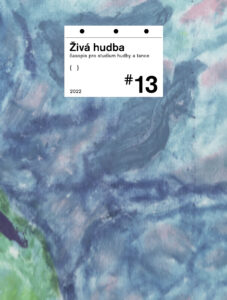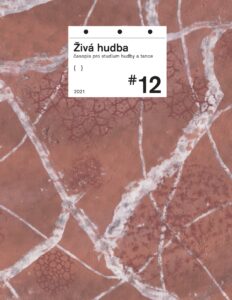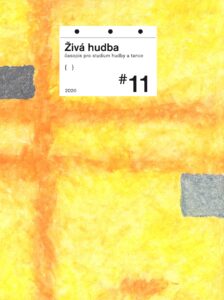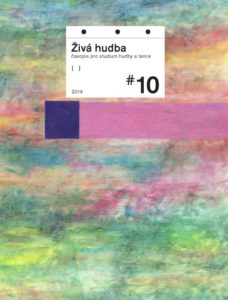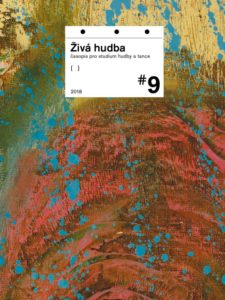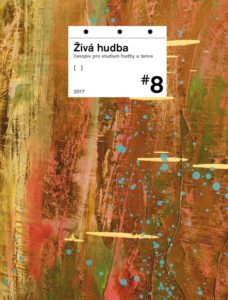Abstrakt This article proposes two preliminary practical models when reinstrumenting timbre-based music for a different acoustic instrumental setup for use by composers. I apply these methods to an excerpt of my music which relies on timbral structuring. This shows how reinstrumentations of timbre-based music need to differ from reinstrumentations of pitch-based music which may transfer sounds by octaves and otherwise retain pitch structure yet have not systematically transferred timbre. Timbre-based reinstrumentation requires diligent study of what the timbres are in a piece in which determinate pitch material might be absent or structurally irrelevant. Much timbre-based music has abandoned the structuring power of pitch organisation in favour of smoothly structuring the gradations of timbre itself. The continuum between pitch and noise, which can be quantified with various spectrotemporal descriptors, is of particular value in understanding timbre-based structuring in music. Both methods suggest an ethos of reinstrumentation that detaches from mimicking the notation of the original and seeks instead the highest fidelity reproduction of a lis¬tener’s dramaturgical experience of a timbre-based piece. Fidelity includes preserving the original compositional intention, an accu¬rate replication of what sounds will sound in a standard performance, what an average listener’s audition will process from it as the piece’s dramaturgy, and what that experience can evoke in the listener. The first method introduced here to describe the listener’s experienced dramaturgy is based on the degree of noisiness. The second method recognises the likeliest intended chronology of the listener’s expec¬tations, attention, and rewards, as well as the timbral limits of the goal instrumental setup.


Juhani Vesikkala:
Two Methods for the Reinstrumentation of Timbre-based Music
Stati a studie / Živá hudba 2024/15 / Publikováno 2. 7. 2025
Abstrakt:
This article proposes two preliminary practical models when reinstrumenting timbre-based music for a different acoustic instrumental setup for use by composers. I apply these methods to an excerpt of my music which relies on timbral structuring. This shows how reinstrumentations of timbre-based music need to differ from reinstrumentations of pitch-based music which may transfer sounds by octaves and otherwise retain pitch structure yet have not systematically transferred timbre.
Timbre-based reinstrumentation requires diligent study of what the timbres are in a piece in which determinate pitch material might be absent or structurally irrelevant. Much timbre-based music has abandoned the structuring power of pitch organisation in favour of smoothly structuring the gradations of timbre itself. The continuum between pitch and noise, which can be quantified with various spectrotemporal descriptors, is of particular value in understanding timbre-based structuring in music.
Both methods suggest an ethos of reinstrumentation that detaches from mimicking the notation of the original and seeks instead the highest fidelity reproduction of a lis¬tener’s dramaturgical experience of a timbre-based piece. Fidelity includes preserving the original compositional intention, an accu¬rate replication of what sounds will sound in a standard performance, what an average listener’s audition will process from it as the piece’s dramaturgy, and what that experience can evoke in the listener. The first method introduced here to describe the listener’s experienced dramaturgy is based on the degree of noisiness. The second method recognises the likeliest intended chronology of the listener’s expec¬tations, attention, and rewards, as well as the timbral limits of the goal instrumental setup.
Citace:
Juhani Vesikkala. Two Methods for the Reinstrumentation of Timbre-based Music. Živá hudba 2024/15. On-line <https://ziva-hudba.info/two-methods-for-the-reinstrumentation-of-timbre-based-music/> [06. 1. 2026].
Kopírovat
Vyšlo v časopise
Živá hudba 2024/15
Rubrika: Stati a studie
Publikováno: 2. 7. 2025
PDF: download
Klíčová slova:
dynamic form, listening expectation, music analysis, noise, reinstrumentation, spectromor¬phology, timbre- based music
Články autora:
Juhani Vesikkala (1)
Aktuální čísla časopisu můžete koupit v Nakladatelství AMU.
Citace:
Juhani Vesikkala. Two Methods for the Reinstrumentation of Timbre-based Music. Živá hudba 2024/15. On-line <https://ziva-hudba.info/two-methods-for-the-reinstrumentation-of-timbre-based-music/> [06. 1. 2026].
Kopírovat
Další články
-
Juhani Vesikkala:
Dvě metody reinstrumentace hudby založené na témbru
Stati a studie | 2024/15
-
Barbora Mikolášiková, Lucie Hayashi, Lucie Pešl Šilerová:
Umělecká produkce nové éry
Zprávy | 2024/15 -
Ladislav Beneš:
Umělecké počátky tanečníka a choreografa Augustina Bergera. Hostování Miss Aeney…
Stati a studie | 2024/15 -
Anna Kotyková, Simona Hybenová:
Tanečný kongres – TANEC.SK
Zprávy | 2024/15 -
Dorota Gremlicová, Lucie Hayashi:
Tanec v hudbě a filmu na turecký způsob
Zprávy | 2024/15 -
Michaela Dzurovčínová:
Prepojenie tanečných a hudobných umelcov a tvorba diela
Stati a studie | 2024/15 -
Jakub Rataj:
V tichosti uvnitř hluku: instrumentální saturace
Stati a studie | 2016/7 -
Veronika Knytlová:
Myslet v pohybu – pohyb v mysli
Stati a studie | 2024/15

